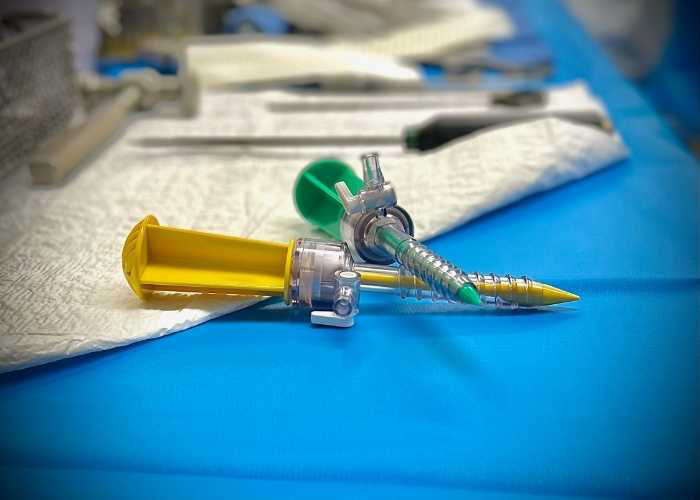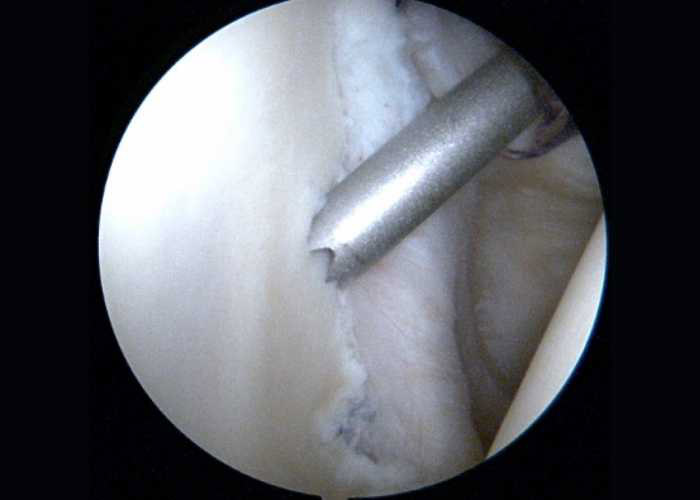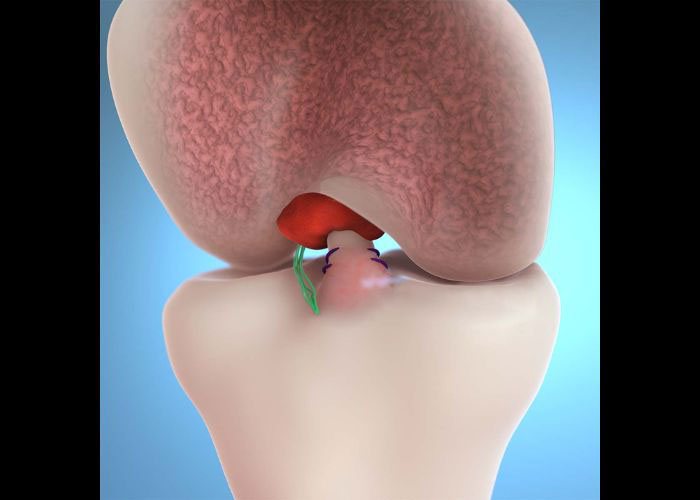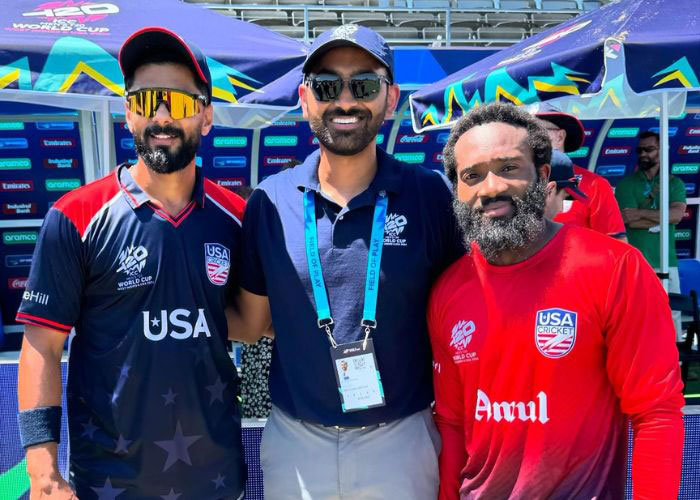What causes shoulder instability?
The shoulder is one of the more complex joints in the body and is comprised of three separate joints: the acromioclavicular, the glenohumeral, and the sternoclavicular joints. The glenohumeral joint is a ball-and-socket type joint that is formed by the articulation of the humeral head (upper arm bone) into the glenoid socket of the scapula (shoulder blade). Even though this ball-and-socket arrangement allows for movement in several directions, the surrounding ligaments and tendons do not offer adequate stability as the soft-tissue restraints. This instability makes the humerus and scapula susceptible to easy separation in the event of a blunt force trauma to the shoulder. When a shoulder dislocation occurs, the surrounding soft-tissue restraints are stretched or torn from their attachment sites. This soft-tissue damage weakens their ability to provide stability and strength thereby generating shoulder instability that can lead to recurrent shoulder dislocations. Dr. Ronak Mukesh Patel, orthopedic shoulder doctor, treats patients in Sugar Land, Pearland, and the Houston, Texas area who have suffered multiple shoulder dislocations and are in need of arthroscopic stabilization for shoulder instability.
What is arthroscopic stabilization for shoulder instability?
The arthroscopic surgical technique is favored by Dr. Patel for stabilizing the shoulder joint. This minimally invasive surgical procedure involves the use of a small camera (arthroscope) to methodically examine the bones, muscles, tendons, and ligaments of the shoulder joint. Based on Dr. Patel’s intra-operative findings, specialized surgical instruments are introduced to excise and remove the damaged tissue fragments. The remaining tissues are then fastened to the glenoid socket of the scapula with special surgical anchors that are secured within the bone. These surgical anchors realign the joint back to its correct anatomical position and secure it in place. Occasionally, the shoulder joint may need to be restabilized by open surgery. This surgical procedure may be recommended by Dr. Patel over an arthroscopic surgical approach for patients with chronic shoulder instability, poor tissue quality, select high-risk, contact athletes, patients who have experienced bone loss as a result of multiple shoulder dislocations, or in the event of a failed arthroscopic stabilization. An open surgical repair utilizes a slightly larger incision to allow Dr. Patel to visualize the entire shoulder while completing the necessary repairs.

Cannulas used in arthroscopy

Insertion of suture anchors for a shoulder stabilization/dislocation surgery
What is a capsular shift/open stabilization?
A capsular shift is an open surgical procedure used to tighten the joint capsule and is an effective surgical approach for improving shoulder instability. The subscapularis muscular portion of the rotator cuff is carefully incised to provide Dr. Patel access to the shoulder capsule. The joint capsule is then split open and the bottom portion is pulled up and the top portion is pulled down to create an overlap. These overlapping tissues are then sutured closed, similar to a tailor, to reduce the overall volume of the shoulder joint capsule and stabilize the shoulder.
What is the recovery period like after arthroscopic stabilization for shoulder instability?
The recovery period following an arthroscopic shoulder stabilization is largely dependent upon the surgical technique employed by Dr. Patel. Although the minimally invasive arthroscopic repair technique has been shown to decrease the recovery time, the ligaments and tendons will still take the same amount of time to heal. Most patients can expect to return to their normal daily activities in approximately 4 to 6 months with continued improvement for a year or more. Patients in Sugar Land, Pearland, and the Houston, Texas area can anticipate the following:
- The shoulder joint will be immobilized with a sling immediately following surgery and will remain immobilized for approximately 4 to 6 weeks.
- Pain and inflammation can be managed with a combination of rest, ice application, and non-steroidal anti-inflammatory medications (NSAIDs).
- The key to a successful recovery following arthroscopic shoulder stabilization is the active participation and completion of the physical rehabilitation program designed by Dr. Patel. This physical therapy program will focus on restoring strength and improving range of motion of the shoulder.
Shoulder Instability Surgeon

Have you experienced a previous injury to the shoulder that resulted in pain and instability? If so, you may be a candidate for arthroscopic stabilization. This surgical treatment is minimally invasive and is recommended for athletes to restore strength and range of motion. Shoulder surgeon Doctor Ronak Mukesh Patel provides diagnosis and treatment plans for patients in Houston, Sugar Land, and Pearland, TX who have experienced shoulder instability. Contact Dr. Patel’s team today!








